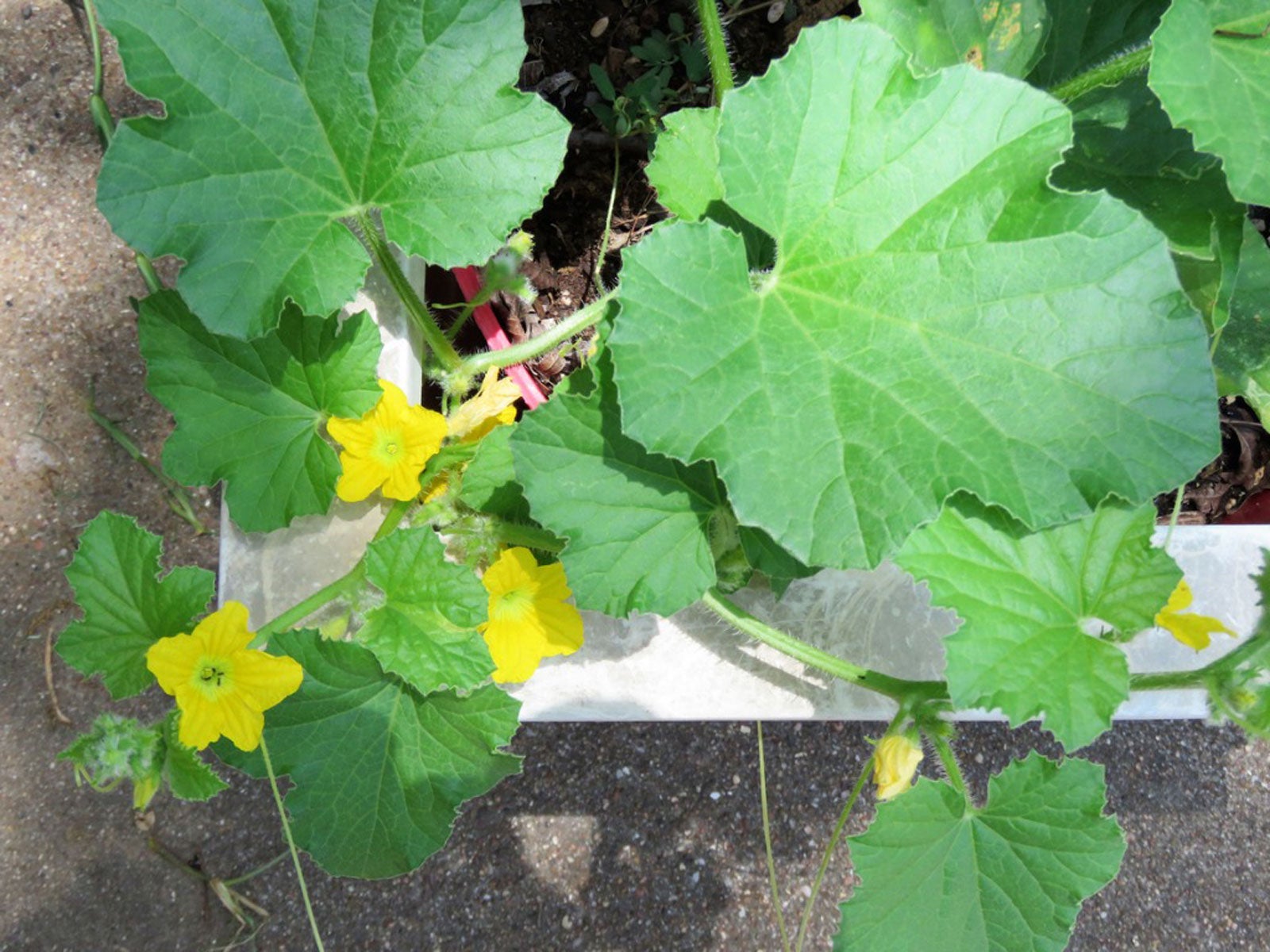Container Grown Cantaloupe: Care Of Cantaloupe In Pots


Can I grow cantaloupes in a container garden? This is a common question, and space-challenged melon lovers are happy to learn that the answer is yes, you can grow cantaloupe in pots -- if you can provide the proper growing conditions.
Planting Cantaloupe in Pots
If you want to grow cantaloupes in pots, there are a few caveats you should know prior to planting your container-grown cantaloupes. Unless you can provide an extra-large container such as a half whiskey barrel, you'll have better luck with a dwarf variety like 'Minnesota Midget,' which produces juicy melons weighing about 3 pounds (1.5 kg.), or 'Sugar Cube,' a sweet, disease-resistant variety that tops out at about 2 pounds (1 kg.). Look for a container that holds at least 5 gallons (19 L.) of potting soil. A trellis will hold the vines above the soil and prevent the melons from rotting. However, if you plant a full-size variety, you'll also need netting, old pantyhose, or cloth slings to support the fruit on the trellis and keep it from pulling loose from the vine prematurely. You'll also need a location where the cantaloupes are exposed to at least eight hours of bright sunlight per day.
How to Grow Cantaloupes in Containers
Fill the container nearly to the top with a good quality potting soil containing perlite or vermiculite, which will help the soil retain moisture. Mix in a small amount of an all-purpose, slow-release fertilizer. Plant four or five cantaloupe seeds in the center of the pot about two weeks after the last average frost date in your area. Cover the seeds with about an inch (2.5 cm.) of potting soil, then water well. A thin layer of mulch, such as fine bark, will promote moisture retention.
Potted Melon Care
Keep the soil consistently moist until the seeds germinate, then continue to water regularly whenever the soil feels dry to the touch. Cut back on irrigation when the melons reach tennis ball size, watering only when the soil is dry and the leaves show signs of wilting. The slow-release fertilizer will lose effectiveness after about five weeks. After that time, provide container-grown cantaloupes with a general-purpose, water-soluble fertilizer diluted to half strength every two to three weeks. Thin the seedlings to the strongest three plants when the seedlings have at least two sets of true leaves by snipping the weak seedlings at soil level. (True leaves are those that appear after the initial seedling leaves.) The melons are ready to harvest when they feel heavy for their size and are easily separated from the vine. A ripe melon displays a yellow rind between the whitish "netting."
Sign up for the Gardening Know How newsletter today and receive a free copy of our e-book "How to Grow Delicious Tomatoes".

A Credentialed Garden Writer, Mary H. Dyer was with Gardening Know How in the very beginning, publishing articles as early as 2007.